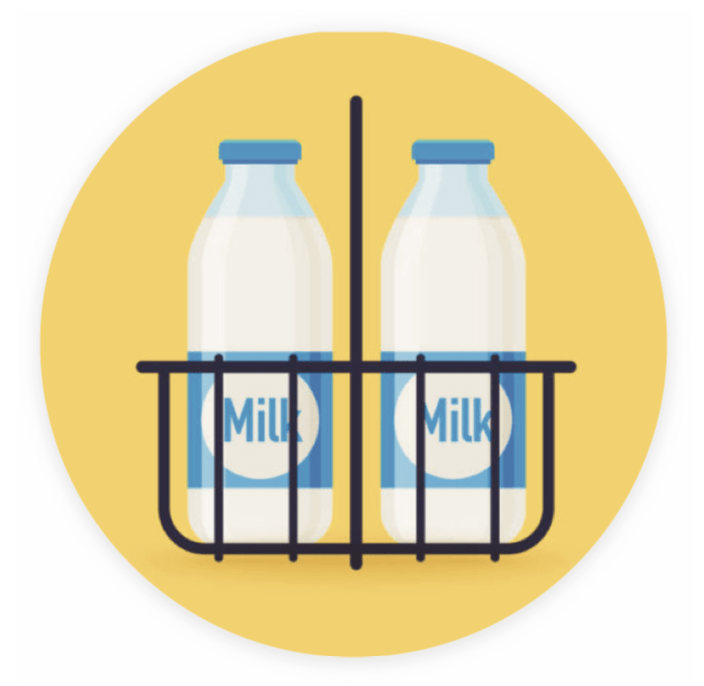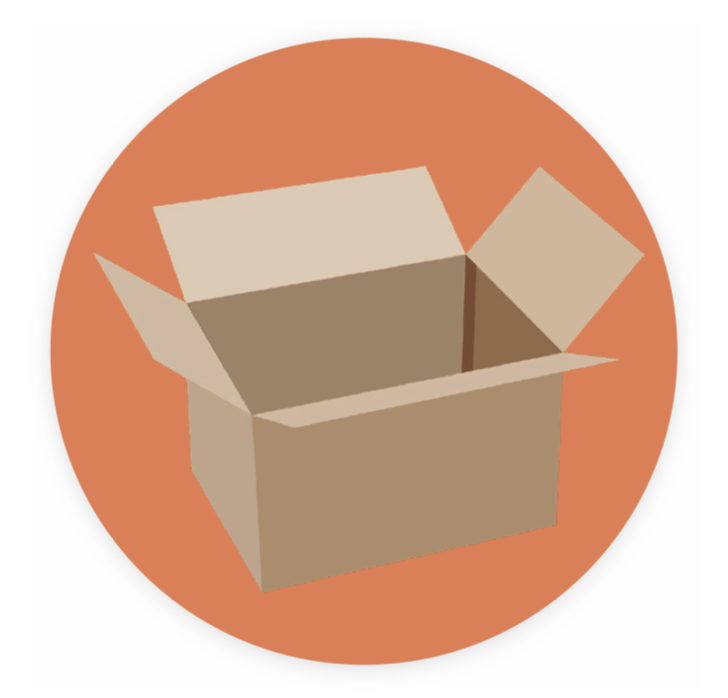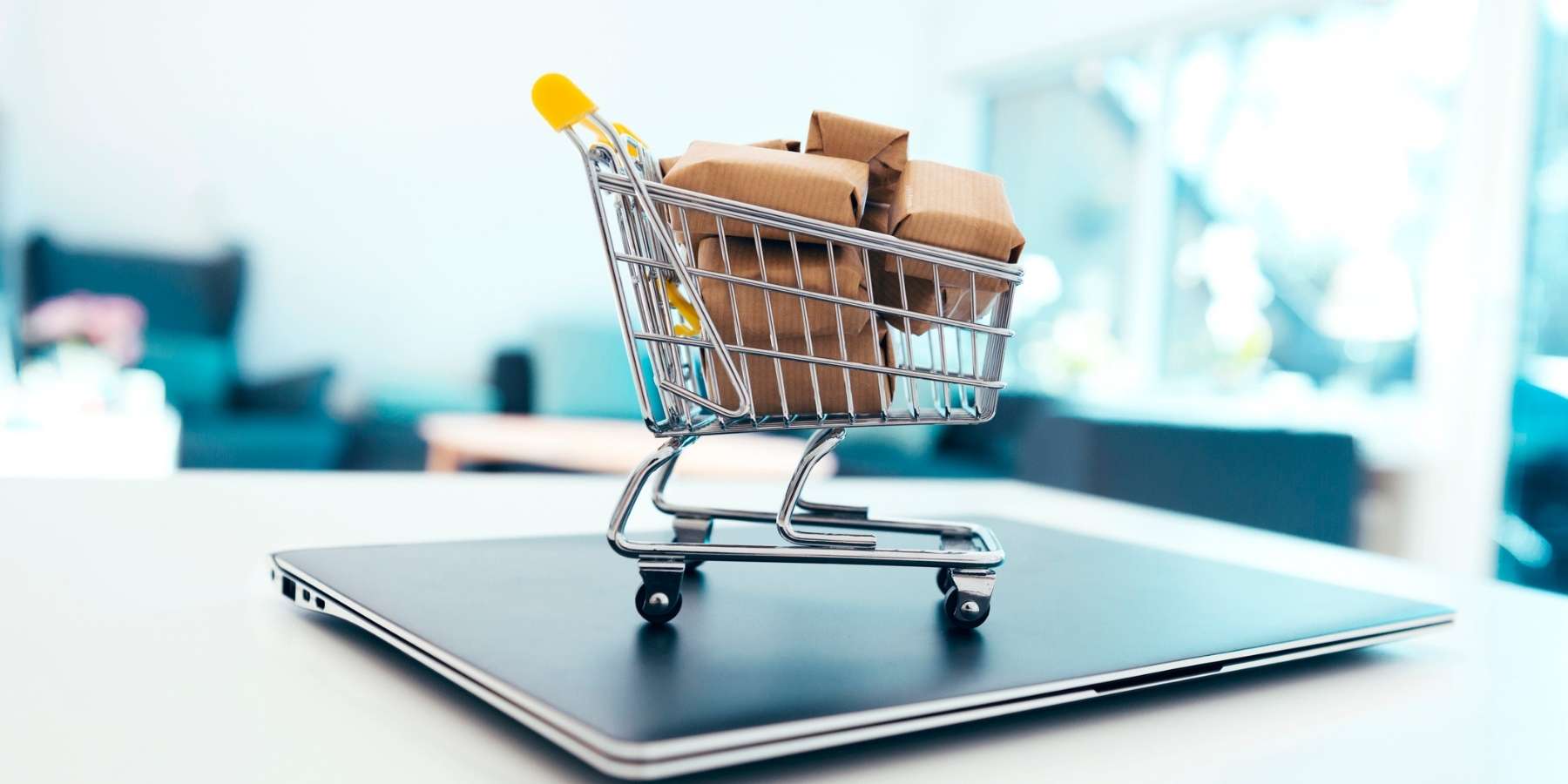Subscription boxes and kits reign, and they are here to stay
The journey from milk to Kanye
To keep up with trends easily, consumers have always had a soft spot for the concept of recurring delivery of niche products. Need a guide to subscriptions and bundles? Take note of these milk, cosmetics and music businesses.

The first home glass milk bottle deliveries occurred in 1785 in rural Vermont. Mary Kay started selling in-home to consumers, season after season, going back to the 1960s.
And, Columbia House had a significant market presence in the 1980’s and 1990’s with monthly mail-order music.
While the concept of the subscription boxes and personalized kits is not new, its recent popularity is outrageous (and downright interesting).
There were plenty of kids in college in the 1990s not getting CDs sent to their dorms every month, but you’d be hard-pressed to find a millennial who hasn’t signed up for an online subscription box this year.
The research behind subscription box trends speaks for itself.
According to Forbes, “The subscription e-commerce market has grown by more than 100% percent a year over the past five years, with the largest retailers generating more than $2.6B in sales in 2016, up from $57.0M in 2011.”
More fashion brands are upselling with the use of bundles. “Buy this entire outfit now” tactics appeal to the consumer’s desire to keep up with trends and make life easier.
Fashionista wrote a blog earlier this year about bundles where they proclaimed, “From Yeezy to Outdoor Voices, direct-to-consumer labels are bringing the Happy Meal concept to fashion.” (Side note: this is likely my favorite blog subtitle, ever).
Bundles limit inventory risk, promote economies of scale, and even pass some savings onto the customer.
Subscriptions and bundles are going mainstream and getting personal
While fast food and video game giants like McDonald’s and Nintendo pioneered bundles, retailers of all sizes are now embracing the concept.
Take for example high-performance company, Bulletproof, who not only sells discounted starter kits for their popular coffee and health supplements but mixes and matches bundles based on diet restrictions targeted health boost and product type.
Big-name brands are taking notice of the success of subscription services and have staked their own claim.
Walmart, Target and Under Armour have all launched their own beauty and apparel curated services. And, Costco has recently announced a partnership with Blue Apron to sell their meal kits in stores.
The success of a subscription or bundle really boils down to one thing: customer experience.
According to McKinsey’s New Research on E-commerce Consumers, “consumers are quick to cancel services that don’t deliver a superior experience—for example, because of poor product quality, dissatisfaction with the assortment, or a lack of perceived value.”
In fact, more than one-third of consumers will cancel a subscription service within three months.
To combat these high churn rates, subscriptions and bundles have gone out of their way to personalize not only the products they sell but the experiences they provide to their customers. And guess what? It’s working.
Loot Crate, a subscription company that hand picks collectibles, apparel and more from popular geek fandoms like Harry Potter, recently announced a new partnership with Amazon’s subscription box store to expand their service.
And, personal shopping service Stitch Fix went public in 2017 in large part because of how they use data and feedback from active customers to pick out clothes and design new pieces.
Savvy e-tailers are also taking a cue from Netflix and Naturebox when it comes to personalizing product bundles.
Not only do both companies utilize past purchases and search history to inform their recommendations, but customers are given the power to drive their own experience.
The logistics behind shipping subscriptions and bundles
From package design and carrier selection to fulfillment and packing, shipping logistics is often one of the biggest expenses a business faces.
With this in mind, it’s imperative to nail your shipping logistics strategy before your first delivery leaves the warehouse.
So, if you’re new to shipping, here are a few things to consider:
1. Not all package designs are created equal
Using the wrong package size can not only put a dent in your pocket, but impact product safety and packing integrity.

In order to get the most bang for your buck, invest in packaging that’s efficiently sized and proportional to your product to save on cash.
After all, no one enjoys receiving a large, lightweight package with a bunch of extra wiggle room!
2. The paradox of choice: carriers
Because customers expect an Amazon-like website experience with a quick two-day turnaround, fast shipping, accurate delivery dates, and easy package tracking are the absolute minimum requirements when choosing a carrier.
To step up your customer experience game, work with carriers who offer services like same-day delivery or alternate pickup locations.
3. Caught in the middle
Most providers have split the country into shipping zones or segments, which means shipping from a centrally located facility can reduce spend.
If moving your facility is out of the question, outsourcing your warehousing, transportation, and operations through third-party logistics and fulfillment partners can achieve the same goal.
What if I don’t just sell subscriptions?
Make sure customers can understand the benefit of a subscription service by offering a different shipping experience between subscription and non-subscription products.
Take for instance protein bar company RXBAR, which offers free shipping and a 5% discount when you sign up for their monthly replenishment subscription service.
If free shipping is off the table, implementing a flat table rate (think $5 versus $5.13) can help ease your customer’s mind. An enticing promotion or discount can also do the trick.
While there is a lot to consider when deciding your shipping strategy, you don’t need to go at it alone.
Working with a shipping management partner, like ShipperHQ, can guide you through what kind of rules, carriers, discounts, and markups work best with your business model.
Whether it’s the first or twentieth time your customer is opening a subscription box, getting your shipping strategy right is important.
Not only can it improve your internal operations, but lead to happier customers and more time and money saved in the long run.
The data and flow behind subscriptions and bundles
Let’s get into how best to set up your systems when you sell subscriptions, kits, and bundles.
It’s a no brainer that brands spend major dollars and monstrous amounts of thought on customer acquisition. But many of these same smart brands brush over back-office setup and optimization.

Here’s what I’m getting at – plan ahead.
Put thought into how you create the kits, bundles and SKUs as that will determine the level of logistical nightmare you will experience when your business starts heating up.
To get you thinking, here are a few data-inspired questions:
Will your subscription box be one SKU?
- Pretend you sell beard grooming subscription boxes. Will the standard monthly box be one SKU, or will your monthly box be broken out into parts?
Can customers make alterations to what’s in their subscription?
- Do you give options to customers when they check out that might impact the value or inventory in your back-office or warehouse?
Where will your product data live?
- Will the subscription SKU live in your accounting system, or ERP?
- Does this data live in the eCommerce platform?
- Will the box be created on the fly and be pieces that make up the bundle at check- out?
Some food for thought.
Creating subscription boxes or kits on the fly at checkout can be hard on the brand. The customer’s price can change based on the pieces they pick.
The physical box that the bundle fits in will alter based on the sizing of picked products. Even the more efficient way to ship will be impacted if the contents of a subscription can be altered.
Do your research.
Read blogs on the topic, like this one on subscription boxes and bundles. And please, please keep your lovely fulfillment staff in mind when you consider the best way to organize.
Make it clean and easy to get the right box to the right customer for the right price, early!
Lastly, integrate.
Find something that connects your online store with your accounting system or ERP. There are plenty of middleware integration platforms, like eBridge Connections, that have solutions out of the box that connects the business systems you use.
What this does: When your customer orders from you, their order triggers a data flow, instantly, to your accounting system with all of that order’s details.
No manual manipulation or spending Black Friday in the warehouse entering hundreds of orders – just automation.
To wrap
Subscriptions are popular in this day and age when mailboxes and doorsteps seem to have become almost special again. Bills have moved to our inboxes. Not our front doors.
Subscriptions and kits arrive straight to the customer. And if the brand or merchant does it right, the experience of ordering the thing they want, and getting it correctly and in good time, can be smooth.

If the contents meets or exceeds expectations, expect another order.
Nail the logistics around shipping and orders, and nail this popular online commerce trend to grow your business, meet your sales targets, and make happier, returning customers.
Written by Elizabeth Van Hoose, ShipperHQ, and Lindsay Hampson, eBridge Connections






